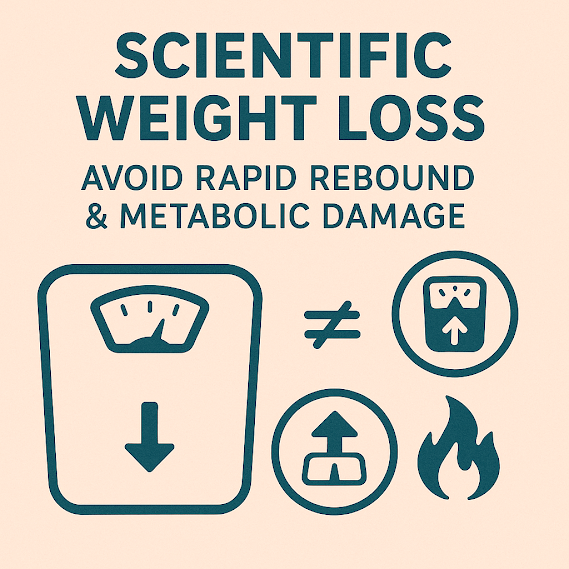Tailoring Weight Loss Plans to Your Age: A Science-Backed Guide
From your 20s to 30s, changes extend far beyond age—your mindset, lifestyle, and body evolve dramatically. While some shed pounds effortlessly, others struggle despite strict diets. Why? The key lies in designing a weight loss plan aligned with your age-specific metabolic and physiological needs.
20–25 Years: Prioritize Fitness to Build Muscle and Stamina
In your early 20s, energy levels peak, making it the ideal time to focus on fitness. Goals here center on shaping a toned physique while boosting overall health.
Action Plan:
Daily Aerobic Exercise (30+ Minutes)
Moderate-intensity activities like jogging, cycling, or dancing improve cardiovascular health and focus. Avoid overexertion—stick to 30–40 minutes daily to prevent burnout.Strength Training (2–3 Times Weekly)
Lift weights or use resistance bands to torch calories, build lean muscle, and elevate your resting metabolic rate (RMR).Diversify Workouts
Rotate exercises (e.g., HIIT, yoga, swimming) to target all muscle groups and prevent plateaus.Balanced Diet (No Extreme Restrictions)
Leverage your fast metabolism: prioritize whole foods, limit sugary/fatty snacks, and avoid crash diets.
25–30 Years: Focus on Diet Control to Counter Slowing Metabolism
Post-25, metabolism declines by 1–2% annually, making weight gain easier even with unchanged habits. Combat this shift with strategic nutrition and sustained activity.
Action Plan:
Calorie Cap (≤1,500 Daily)
Track intake using apps to ensure calories consumed < calories burned. Adjust portions based on activity levels.Whole Grains Over Refined Carbs
Swap white rice/pasta for quinoa, oats, or brown rice. The Chinese Dietary Guidelines recommend 50–100g of whole grains daily for fiber-rich satiety and detox benefits.Eat Slowly, Chew Thoroughly
Chewing 20+ times per bite triggers brain signals for fullness, reducing overeating.Stay Active (Even Lightly)
Adopt the "70% diet, 30% exercise" rule. Walk daily, try Pilates, or join fitness classes to maintain muscle mass and energy.











Comments
Post a Comment